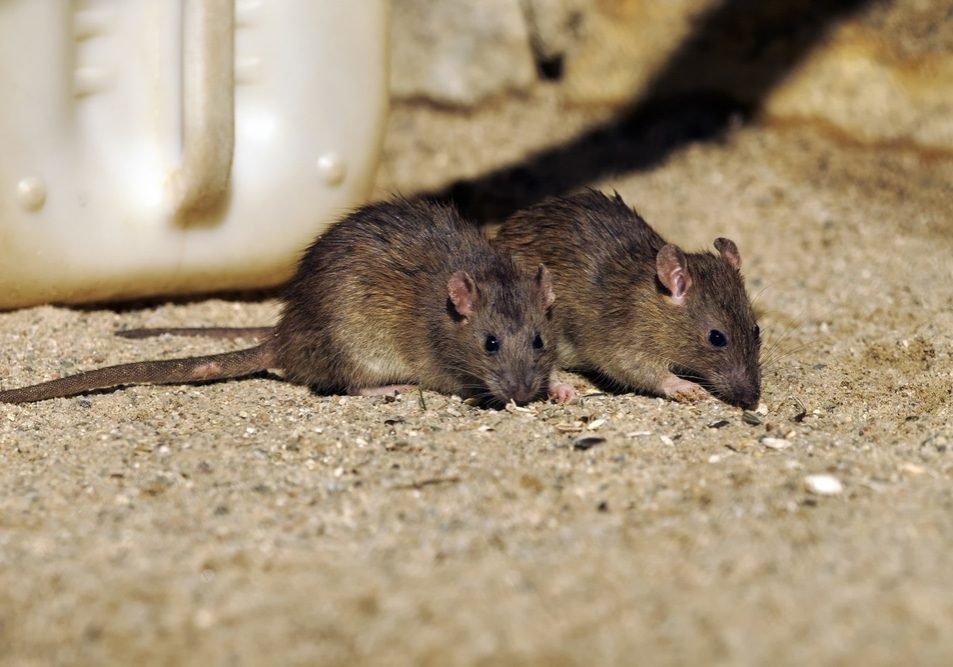As the leaves change color and the air turns crisp, the beauty of autumn is undeniable. However, along with the gorgeous fall foliage comes a potential challenge for homeowners: the changing behavior of rodents. As temperatures drop and food sources become less abundant, rodents like mice and rats often look for warm, secure places to nest, making your home an attractive target.
Understanding how autumn weather impacts rodent behavior is essential for effective prevention. In this post, we’ll explore the seasonal changes that influence rodent activity, identify signs of infestation, and provide you with practical tips to keep your home rodent-free this fall.
I. Understanding Rodent Behavior in Autumn
A. Seasonal Changes and Rodent Activity
As temperatures begin to fall, rodents start to alter their behavior in search of warmth and shelter. The cooler weather prompts rodents to become more active indoors, seeking cozy spaces where they can comfortably nest and breed. Here’s what you can expect:
- Increased Indoor Activity: Rodents that were previously foraging outside will start exploring your home for food and shelter.
- Nesting Behavior: As they search for warmth, rodents tend to build nests in attics, basements, or even within wall cavities.
B. Common Rodents During Autumn
A few key rodent species are particularly common in homes during the autumn months. Here’s a quick overview:
- House Mice: Small and adaptable, house mice can reproduce quickly and often nest in walls or behind appliances.
- Norway Rats: Larger than mice, these rats tend to dwell in basements or near plumbing systems.
- Roof Rats: Known for their climbing abilities, roof rats can infiltrate upper areas of a home, making them a nuisance.
Understanding the specific characteristics and behaviors of these rodents can help you identify potential issues more quickly.

II. The Effects of Weather Factors on Rodent Behavior
With the change in weather, it’s not just the trees that respond—rodents do too! Here’s how temperature impacts rodent behavior:
- Shelter Seeker: As it gets colder, rodents are compelled to find shelter. Expect them to invade homes as they search for warm and protected spaces to nest.
- Increased Activity Levels: Cooler temperatures lead to heightened activity as rodents scavenge for food.
Autumn is often accompanied by rain and wind, which can drive rodents indoors more forcefully:
- Wet Weather Effects: Rodents dislike getting wet. Heavy rainfall will often lead them to seek out dry shelter—like that cozy corner in your attic.
- Wind Influence: Windy conditions can scatter food sources and disrupt nests, prompting rodents to search for more stable environments.
With autumn comes the end of the growing season, which leads to variations in food availability:
- Harvest Time: Many rodents will gravitate toward areas where food is plentiful, including gardens and crop fields. If harvest yields dwindle, they often seek alternative food sources in urban settings.
- Stored Food Attraction: A warm home with easily accessible food supplies becomes a prime target for hungry rodents.
IV. Tips for Rodent Prevention
Preventing rodent infestations requires a proactive approach. Here are practical tips to keep your home rodent-free this autumn:
- Inspect Your Home: Regularly check for gaps and cracks around windows, doors, and foundations. Don’t forget to examine utility entries!
- Seal with Caulk or Steel Wool: Use caulk for minor gaps and steel wool for larger holes. Rodents can chew through plastic or rubber, so opt for metal materials.

V. When to Seek Professional Help
Sometimes, despite your best efforts, a rodent issue can escalate. Here’s when you might want to consider professional help:
A. Identifying the Severity of Infestation
- If you notice extensive signs of rodent activity, such as frequent droppings or visible nests, it may be time to take action.
B. Benefits of Professional Pest Control Services
- Expert Inspection: Professionals can conduct a thorough inspection to identify vulnerabilities in your home.
- Targeted Treatments: Pest control experts have access to tools and treatments that may not be available for DIY efforts, allowing for more effective eradication.
At Emtec Pest Control, we are committed to safe and responsible pest control. We understand that your family’s safety is your number one priority, so we make it our priority, too.
If you have any other questions about any of these pests or pest control for your home or business, contact your Oklahoma pest control experts at Emtec Pest Control by calling us or by filling out our online contact form.
